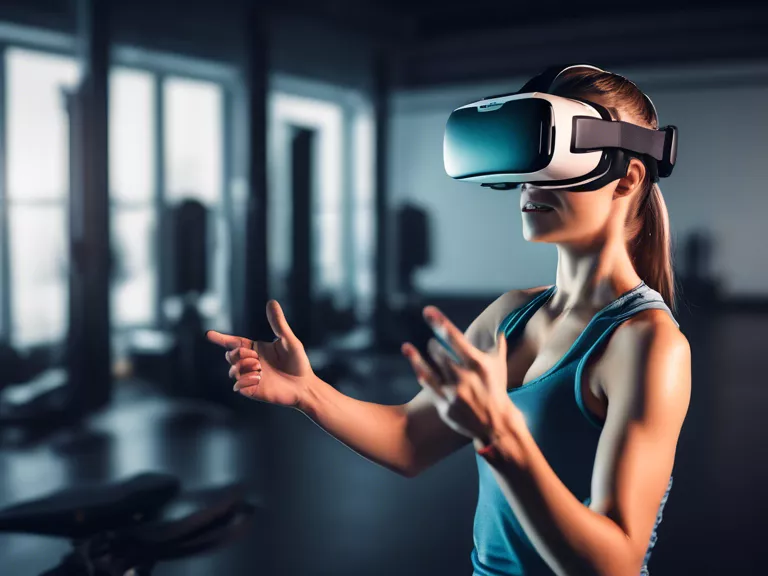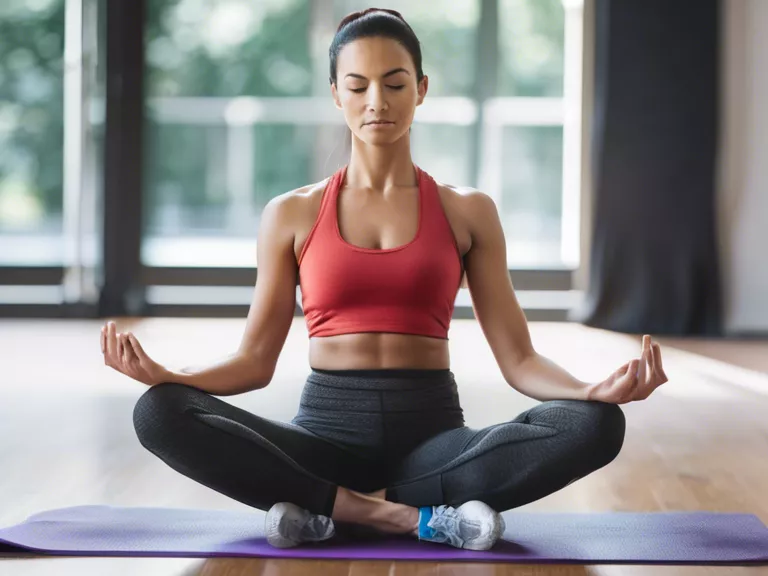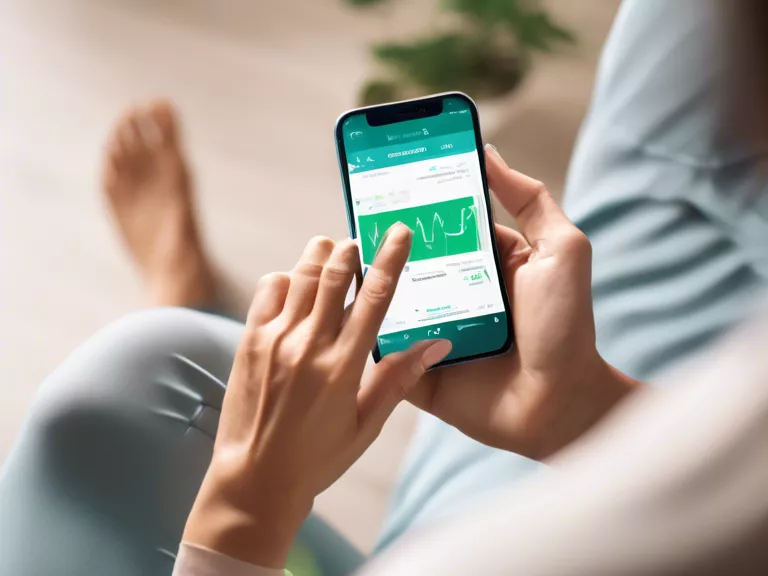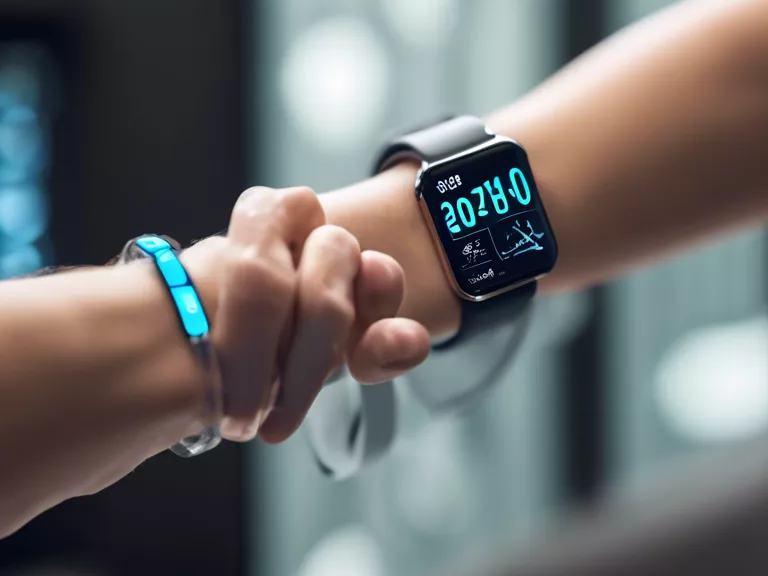
Virtual reality (VR) technology has made significant advancements in recent years, transforming the way we perceive and interact with the world around us. Beyond entertainment, VR is now being used in various fields, including fitness training and rehabilitation. This article explores the role of virtual reality in enhancing fitness training and rehabilitation, and how it is revolutionizing the way we approach physical therapy and exercise programs.
Virtual reality technology has the unique ability to create immersive and interactive environments that can simulate real-life scenarios. In the realm of fitness training, VR can provide users with engaging workout experiences that are both fun and challenging. Whether it's running through virtual landscapes, boxing against a virtual opponent, or engaging in a dance fitness routine, VR offers a wide range of possibilities to keep users motivated and engaged in their fitness journey.
In rehabilitation settings, virtual reality has also proven to be a valuable tool in helping patients recover from injuries or surgeries. By immersing patients in virtual environments that mimic real-life movements and activities, VR can assist in improving mobility, strength, coordination, and overall functional ability. Patients can engage in tasks that may be too difficult or painful to perform in the real world, allowing them to progress at their own pace in a safe and controlled environment.
Furthermore, VR can also be used to enhance mental wellness by providing stress-relief experiences, mindfulness exercises, and relaxation techniques. By incorporating VR into fitness training and rehabilitation programs, practitioners can offer a holistic approach to wellness that addresses both physical and mental health.
In conclusion, virtual reality technology is playing an increasingly important role in enhancing fitness training and rehabilitation. By providing immersive and interactive experiences, VR is revolutionizing the way we approach exercise programs and physical therapy. As the technology continues to evolve, the possibilities for utilizing VR in health and wellness settings are endless.



